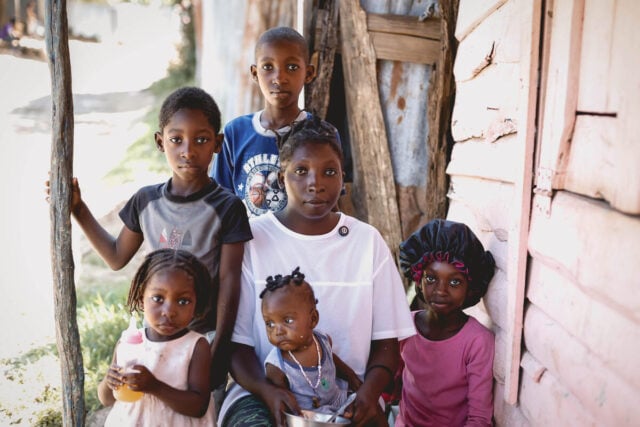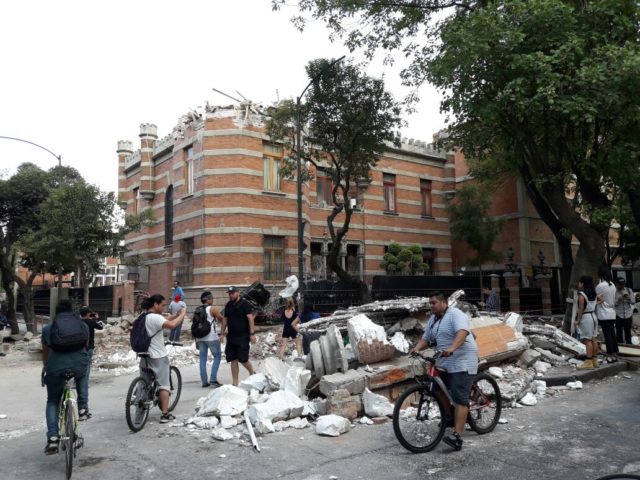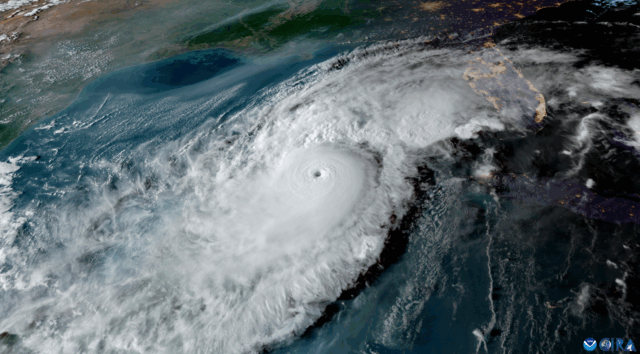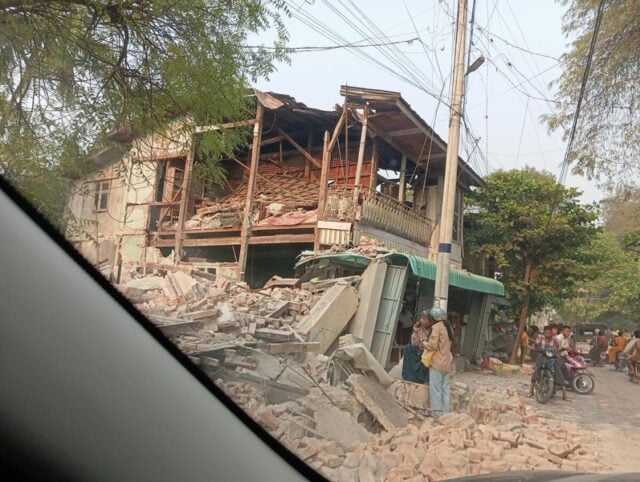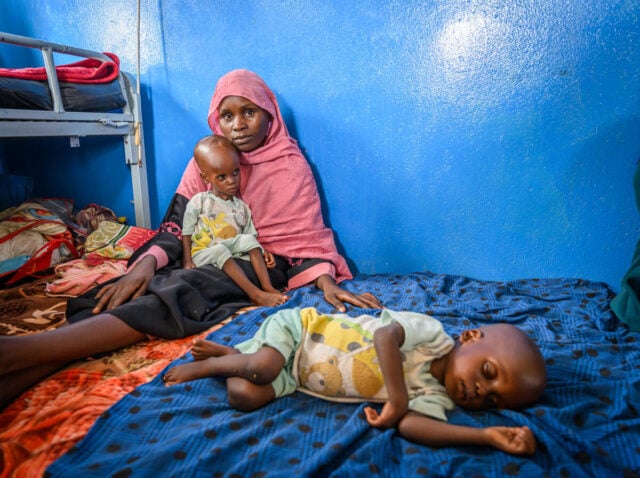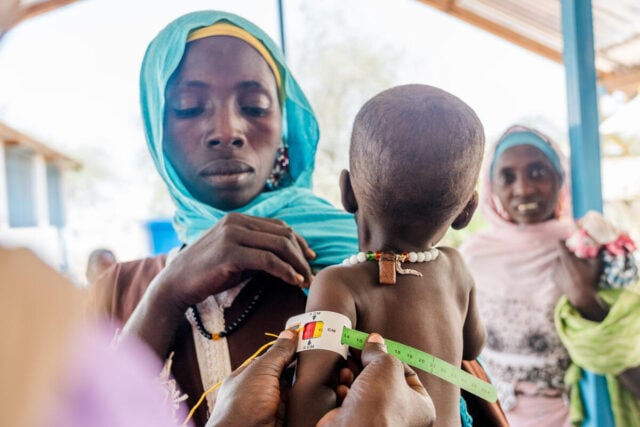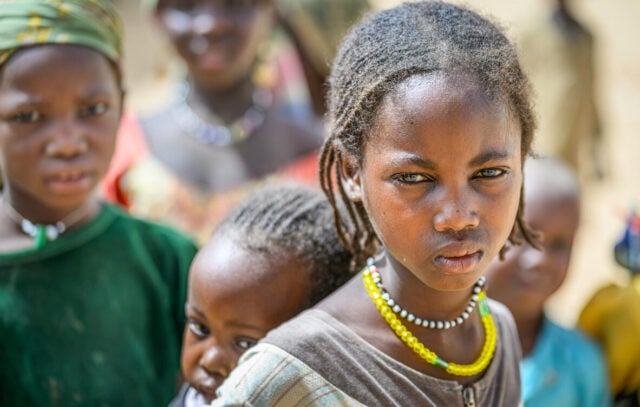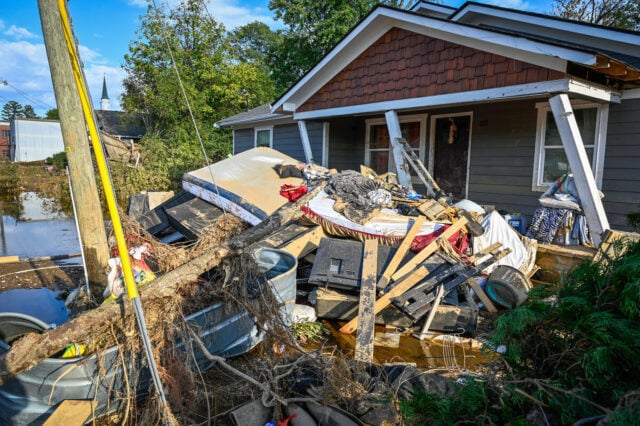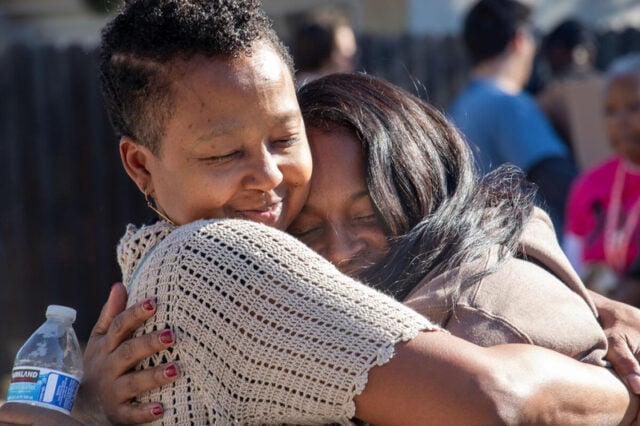The current situation in Haiti is dire, with escalating gang violence, sociopolitical instability, a cholera epidemic, and now the threat of Hurricane Melissa, all endangering vulnerable populations. Learn more about the situation that is affecting millions of people in Haiti and how World Vision is responding to the crises.
News & Stories
News
2017 Mexico earthquakes: Facts, FAQs, and how to help
In September 2017, a series of deadly earthquakes jolted Mexico just 12 days apart, causing widespread devastation. One powerful quake hit central Mexico on September 19, becoming the deadliest in the country since 1985. Learn more about the 2017 Mexico earthquakes, how they impacted communities, and how your support aided World Vision relief efforts.
Hurricanes: Facts, FAQs, how to help
Discover key facts about hurricanes, gain a deeper understanding of one of nature’s most destructive forces, learn effective strategies for hurricane preparedness, and explore ways to support people affected by these devastating storms.
Myanmar earthquake: Facts, FAQs, and how to help
A powerful 7.7 magnitude earthquake struck central Myanmar near Mandalay on March 28, 2025, causing widespread destruction and casualties in both Myanmar and neighboring Thailand. Learn how World Vision is responding.
World Refugee Day: The struggle of displaced mothers and their families
On this World Refugee Day, World Vision honors the 43.7 million people who are forcibly displaced from their communities — many are mothers and children. Learn of efforts to provide safety, food, and hope to those fleeing conflict and crisis.
California fires: Facts, FAQs, and how to help
As wildfires spread across the greater Los Angeles area, World Vision worked with local partners like the Los Angeles Dream Center and area churches to help provide food, water, and other necessities to people affected by the California fires. World Vision continues to support impacted communities for a long-term response.
Africa hunger crisis: Facts, FAQs, and how to help
Millions of people across Africa are facing severe hunger. This food insecurity crisis is driven by a combination of factors, including conflicts, extreme weather events, economic instability, and the lingering effects of the COVID-19 pandemic. Learn what’s causing Africa’s hunger crisis and how you can help children and families in need.
Rising from conflict: Voices of Sudan’s women and girls
Explore the struggles and challenging experiences of women and girls caught in the conflict in Sudan. Learn how World Vision’s Sudan relief efforts are offering hope amid violence, hunger, and displacement.
Extreme weather: Helping communities recover and rebuild
Extreme weather events threaten lives and livelihoods worldwide. Discover how World Vision helps communities recover, rebuild, and prepare for future disasters through emergency relief, resilience-building, and sustainable solutions.
Los Angeles fires: Hurting and healing together
After fires ravaged Los Angeles, California, in January 2025, World Vision worked to provide relief supplies. We helped over 21,800 people with emergency relief supplies. Here are some of the stories from the response.
